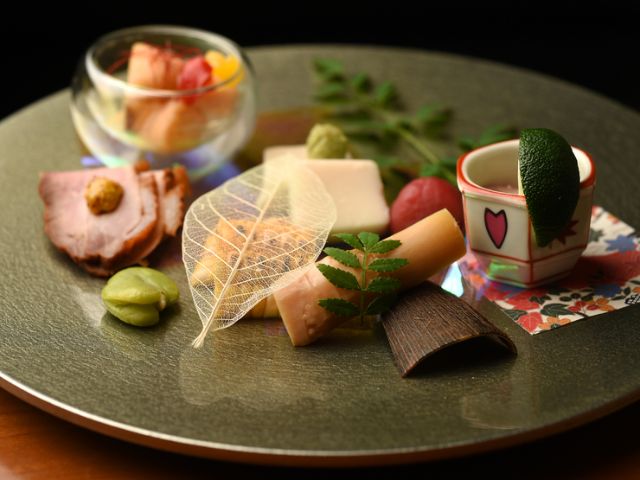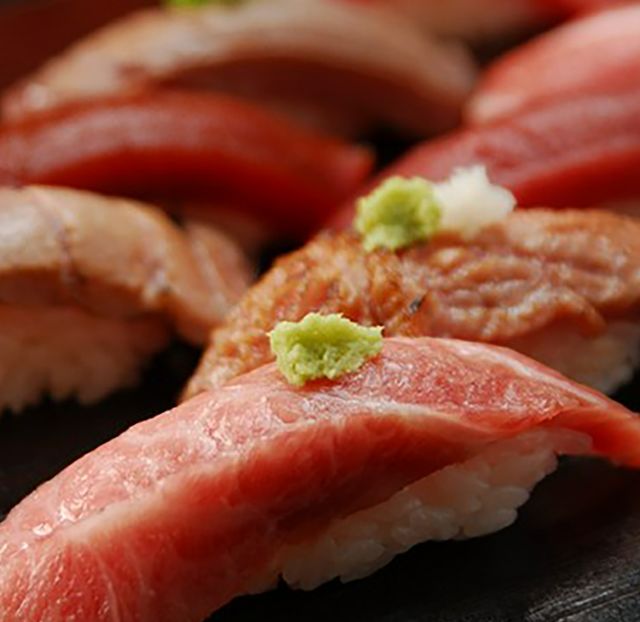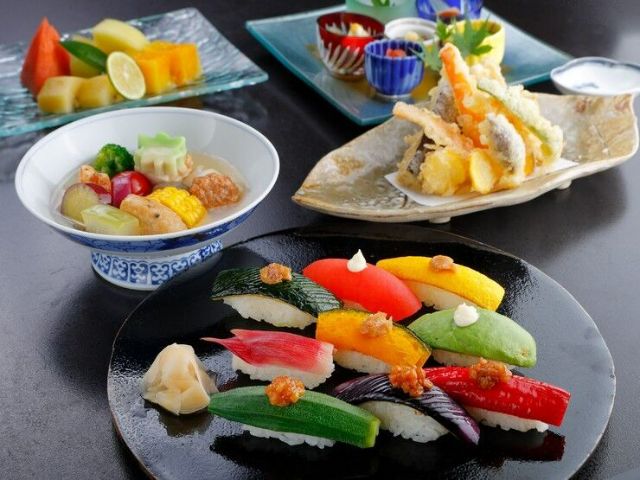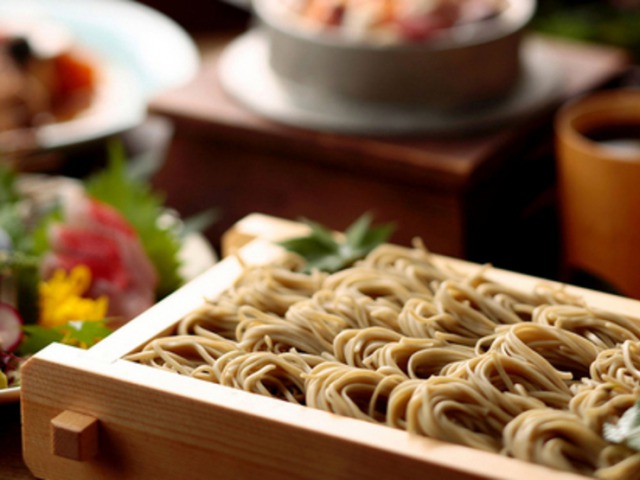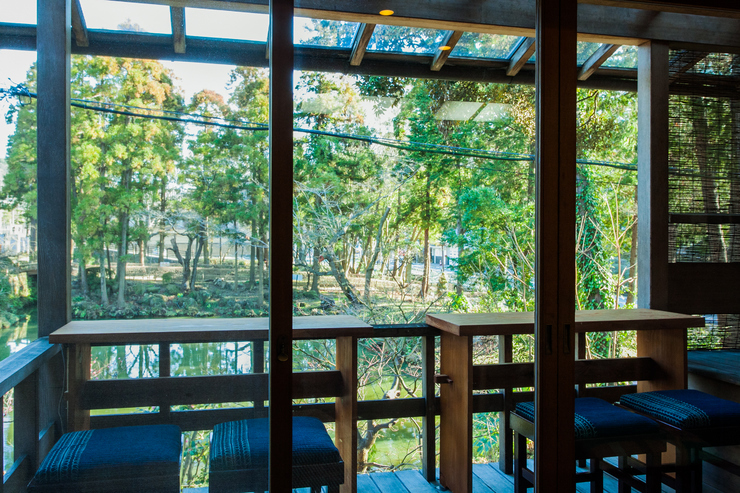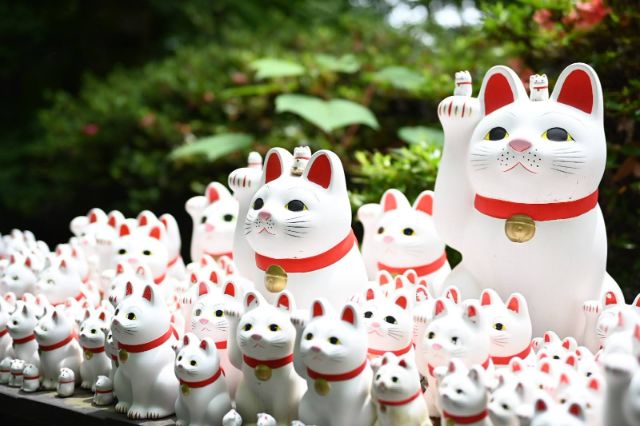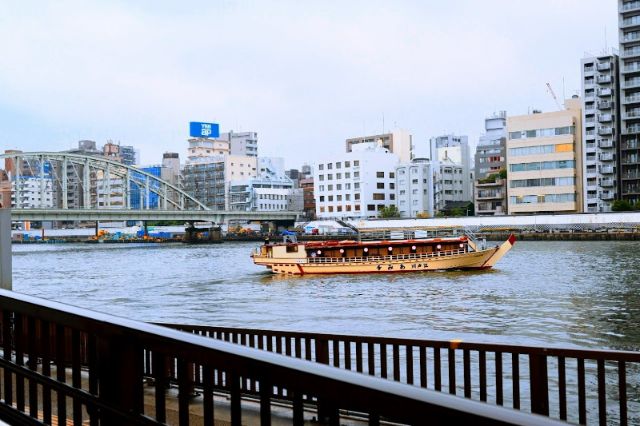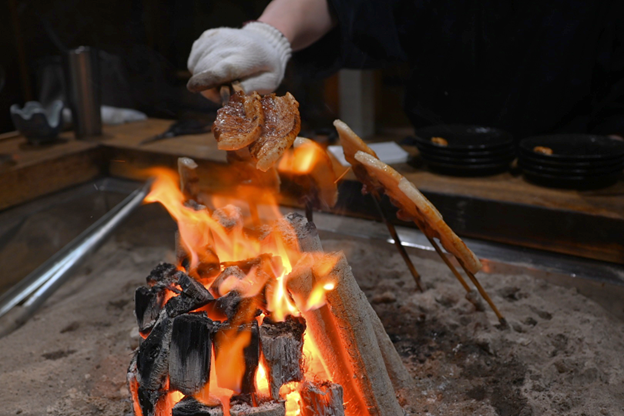Facts and Tips for Enjoying Hanami in Japan
Update-Date: Jan 30, 2020
Author:
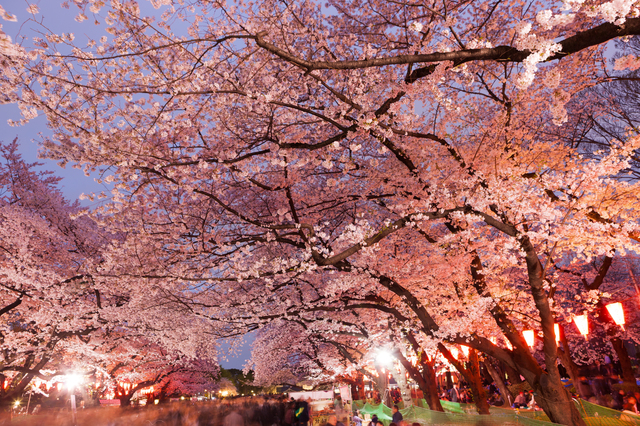
What is Hanami?
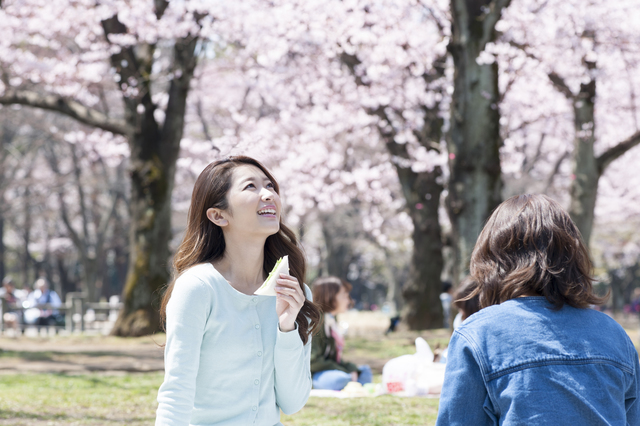
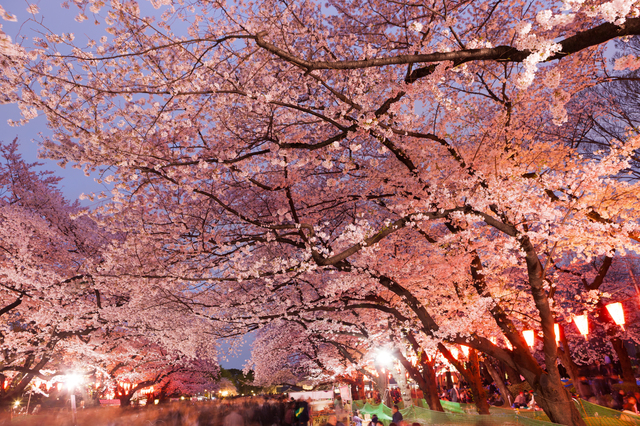
The History of Hanami
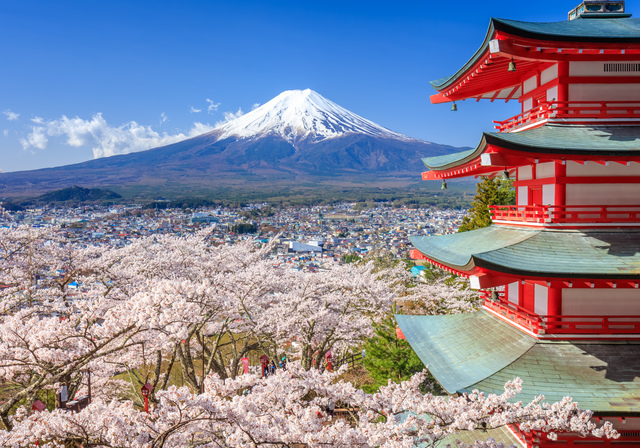
Sakura Species that Can Be Seen in Japan
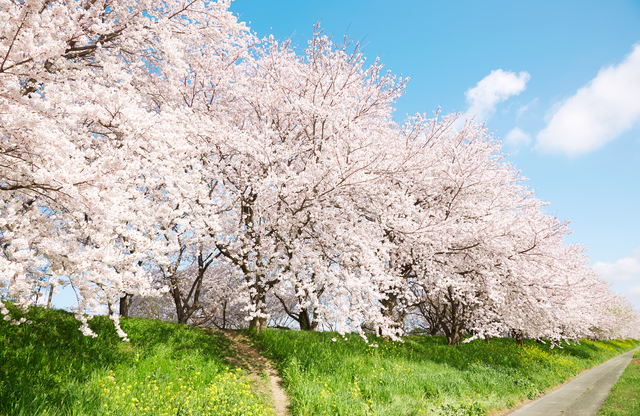
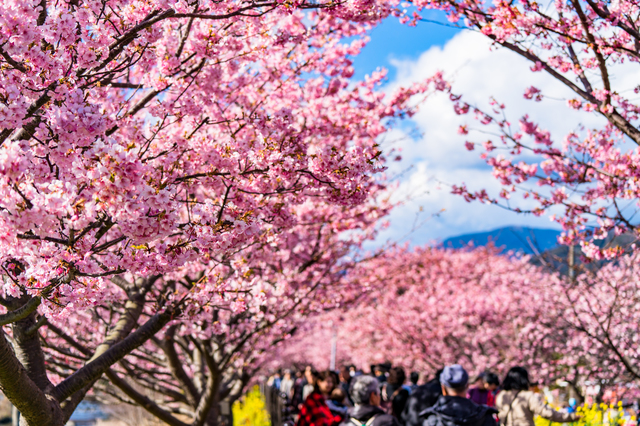
When Is the Best Time for Viewing?
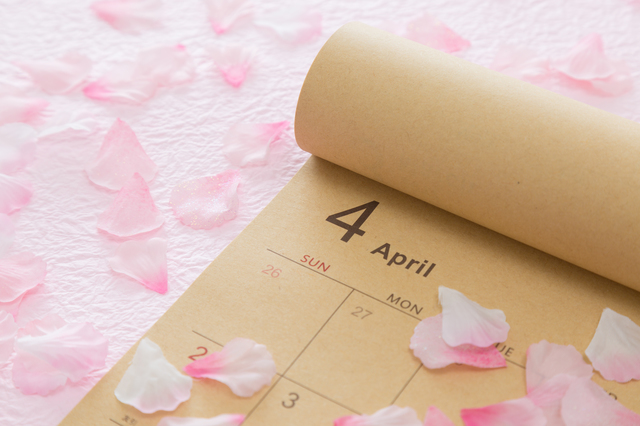
Rules and Manners to Keep in Mind During Hanami
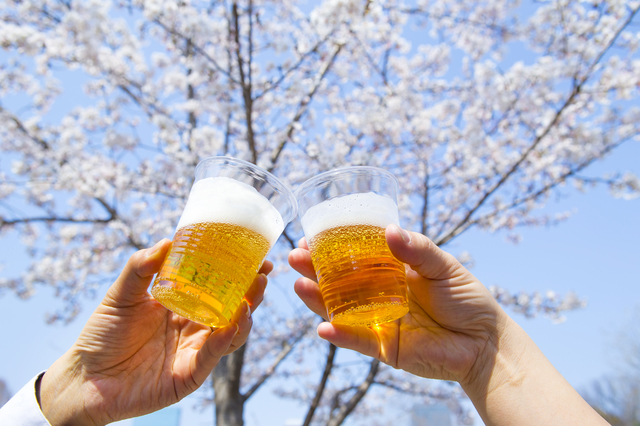
[Basic Rules and Manners]
•In some places, it is forbidden to consume food and drinks, so make sure to check in advance.
•If you occupy a space with a tarp or the like, do not use more surface than needed. It is good manner to compromise with your neighbors.
•Do not damage the cherry trees or break their branches.
•Getting extremely drunk and noisy is considered a breach of etiquette.
•Do not leave any garbage behind. Take it home with you or throw it in the designated areas.
Best Hanami Spots in the Major Cities and Surrounding Eateries
Tokyo
▼Check here for a list of restaurants to drop in to before or after hanami in Tokyo!
1. Sumida Park (Sumida/Asakusa)
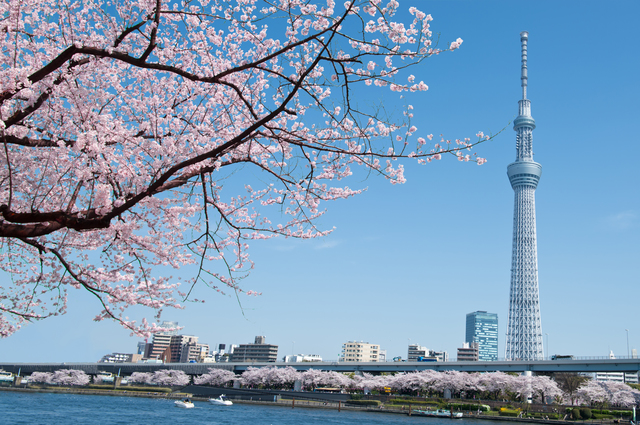
Sumida Park (Sumida/Asakusa)
Source: GO TOKYO Official Website
2. Chidori-ga-fuchi (Kudanshita)
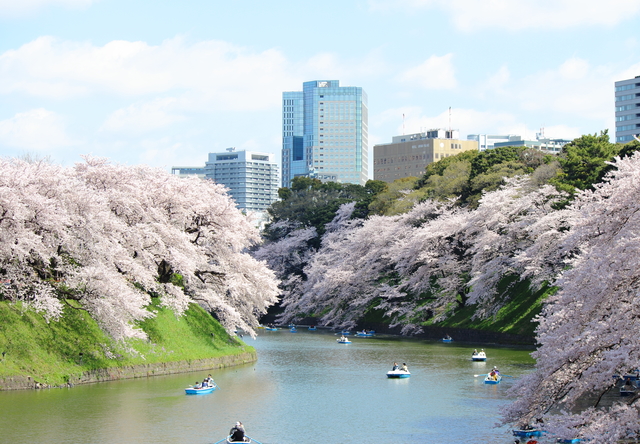
Chidori-ga-fuchi (Kudanshita)
Source: Chiyoda City Tourism Association Official Website
3. Meguro River (Setagaya/Meguro)
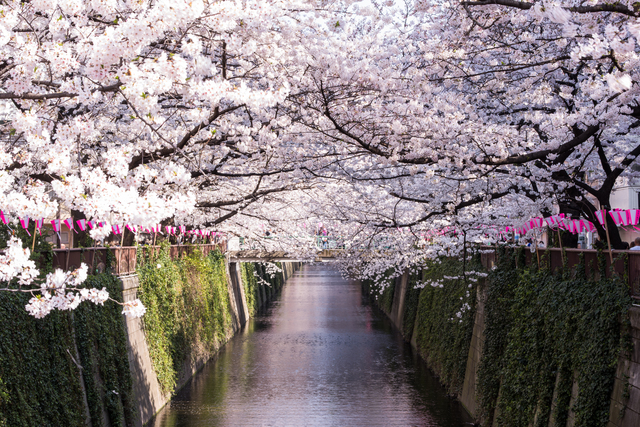
Meguro River (Setagaya/Meguro)
Source: Meguro City Official Website
Osaka
▼Check here for a list of restaurants where to drop in to before or after hanami in Osaka!
1. Japan Mint's Cherry Blossom Viewing in Osaka (Temmabashi)
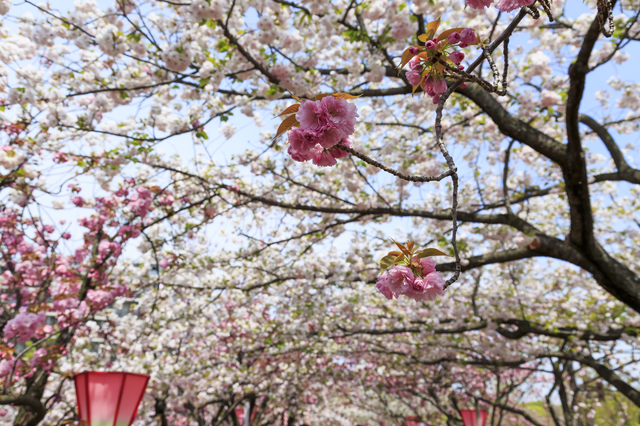
Japan Mint's Cherry Blossom Viewing in Osaka (Temmabashi)
Source: Japan Mint Official Website
2. Kema Sakuranomiya Park (Sakuranomiya)
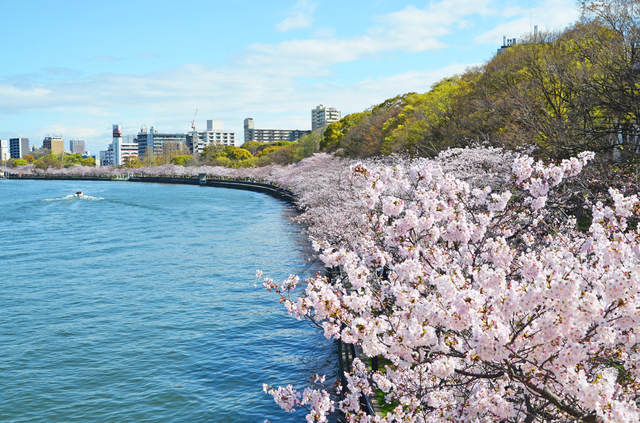
Kema Sakuranomiya Park (Sakuranomiya)
Source: OSAKA INFO Official Website
3. Osaka Castle Park (Tanimachi 4-chome)
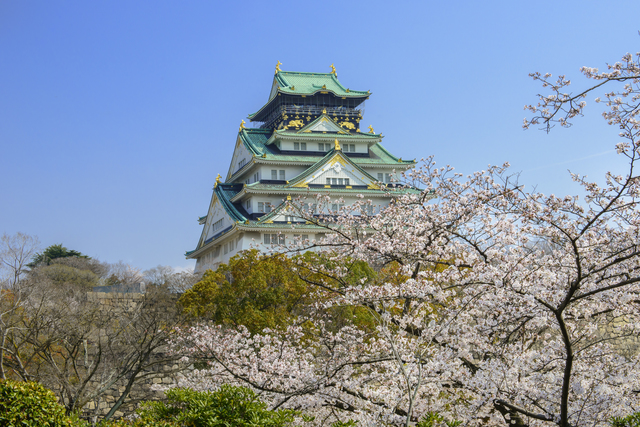
Osaka Castle Park (Tanimachi 4-chome)
Source: Osaka Castle Park Center Official Website
Kyoto
▼Check here for a list of restaurants to drop in to before or after hanami in Kyoto!
1. Maruyama Park (Gion)
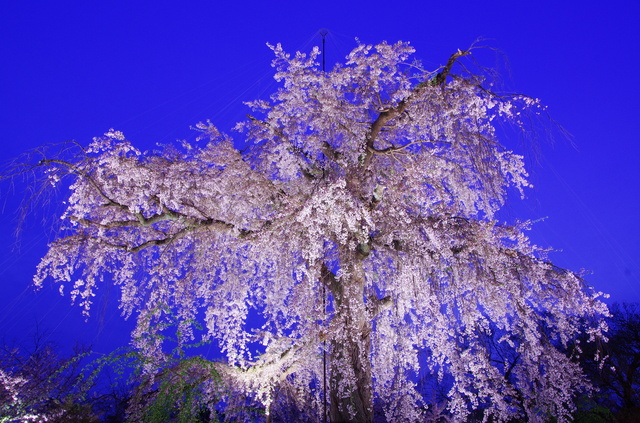
Maruyama Park (Gion)
Source: Kyoto City Official Travel Guide
2. Kiyomizu-dera Temple (Gojo-zaka Bus Stop)
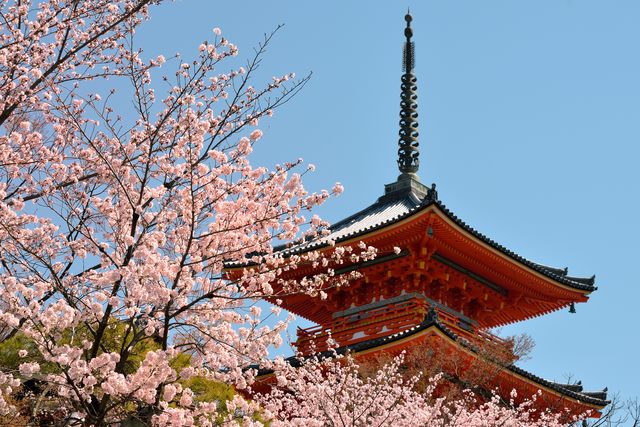
Kiyomizu-dera Temple (Gojo-zaka Bus Stop)
Source: Official Website
3. Arashiyama (Arashiyama)
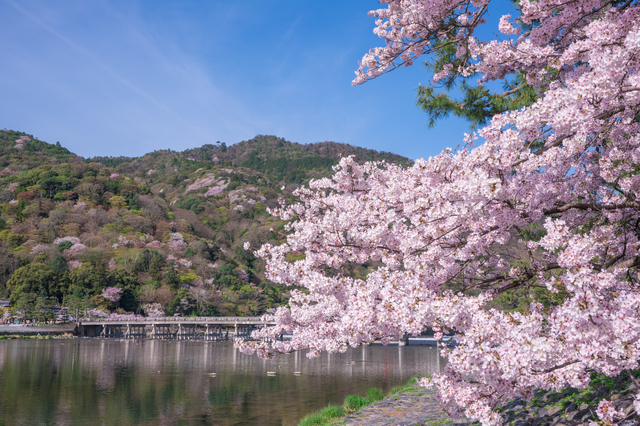
Arashiyama (Arashiyama)
Source: Kyoto City Official Travel Guide
Hokkaido
▼Check here for a list of restaurants to visit before or after hanami in Hokkaido!
1. Goryokaku Park (Hakodate)
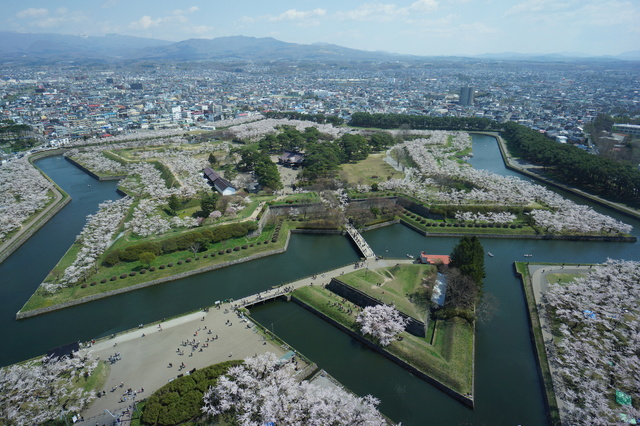
Goryokaku Park (Hakodate)
Source: Hakodate Official Travel Guide
2. Maruyama Park (Sapporo)
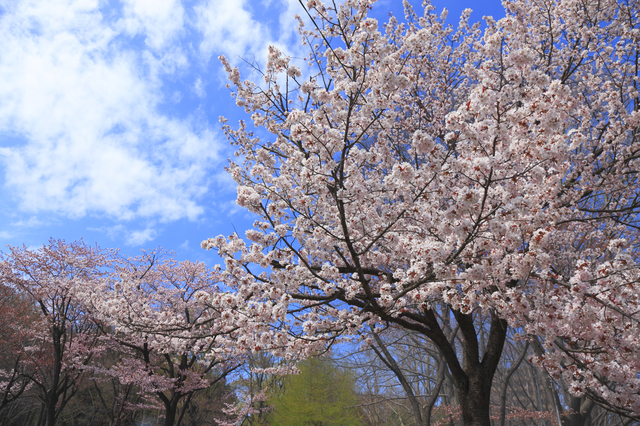
Maruyama Park (Sapporo)
Source: Official Website (Japanese Only)
3. Moerenuma Park (Sapporo)
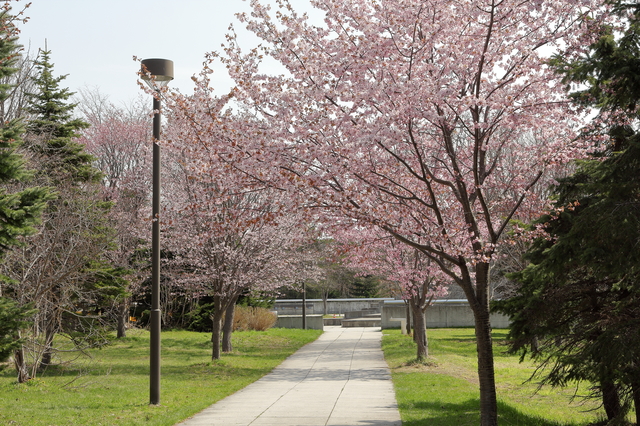
Moerenuma Park (Sapporo)
Source: Official Website
Disclaimer: All information is accurate at time of publication.
Thank you for reading our article.
Our goal is to take your culinary journey to the next level by helping you find the best restaurant. With SAVOR JAPAN, you can search and make reservations for
the restaurants found in and around Tokyo, Osaka, Kyoto and Sapporo that fill your needs.
Discover more restaurants by area
Keywords
Update-Date: Jan 30, 2020
Author:
Related Articles
New Articles
Categories
Cuisine
- Bars (21)
-
Japanese Cuisine (650)
- Kaiseki (42)
- Nabe (19)
- Okonomiyaki (18)
- Shabu Shabu (32)
- Soba (17)
- Sushi (129)
- Tempura (17)
- Teppanyaki (45)
- Shojin Ryori (2)
- Tonkatsu (10)
- Kushiyaki (10)
- Yakitori (41)
- Sukiyaki (33)
- Japanese Cuisine (336)
- Oyster (2)
- Sashimi/ Seafood (17)
- Unagi (eel) (30)
- Motsu Nabe (offal hotpot) (6)
- Mizutaki (chicken hot pot) (3)
- Oden (4)
- Kaisendon (seafood bowl) (6)
- Udon (2)
- Taverns(Izakaya) Cuisine (117)
- Western Cuisine (39)
- Italian/French Cuisine (91)
- Yakiniku/Steak (217)
- Chinese Cuisine (21)
- Ramen (Noodles) Cuisine (20)
- Cafe/Sweets (54)
- Other Asian Cuisine (5)
- Global/International Cuisine (7)
- Alcohol (42)
- Other (10)
Area
- Shikoku (10)
- Kyoto and Osaka (341)
-
Tokyo (435)
- Tokyo (266)
- Ginza (39)
- Roppongi (21)
- Shibuya (22)
- Shinjuku (41)
- Asakusa (19)
- Ebisu (10)
- Tsukiji (10)
- Tokyo Landmarks (3)
- Ueno (21)
- Akihabara (9)
- Ikebukuro (11)
- Jiyugaoka, Denenchofu, Nakameguro (9)
- Shimokitazawa (4)
- Kichijoji (3)
- Tachikawa (1)
- Omotesando, Harajuku, Aoyama (17)
- Akabane (1)
- Kagurazaka (4)
- Akasaka (8)
- Odaiba (1)
- Tsukishima, Harumi, Toyosu (3)
- Near Tokyo (97)
- Okinawa and Southeast Islands (58)
- Hokkaido (119)
- Northern Honshu (Tohoku) (31)
- Central Honshu (Chubu) (141)
- Western Honshu (Chugoku) (32)
- Kyushu (92)
Archives
- July 2025(2)
- June 2025(18)
- May 2025(34)
- April 2025(43)
- March 2025(30)
- February 2025(36)
- January 2025(26)
- December 2024(69)
- November 2024(31)
- October 2024(15)
- September 2024(39)
- August 2024(65)
- July 2024(31)
- June 2024(54)
- May 2024(61)
- April 2024(28)
- March 2024(31)
- February 2024(42)
- January 2024(32)
- December 2023(20)
- November 2023(5)
- October 2023(11)
- September 2023(7)
- August 2023(18)
- July 2023(8)
- June 2023(8)
- May 2023(18)
- April 2023(15)
- March 2023(1)
- January 2023(1)
- April 2022(2)
- March 2022(2)
- February 2022(1)
- January 2022(1)
- July 2021(1)
- March 2021(1)
- February 2021(1)
- December 2020(1)
- October 2020(1)
- September 2020(2)
- August 2020(10)
- July 2020(6)
- June 2020(9)
- May 2020(11)
- April 2020(8)
- March 2020(8)
- February 2020(13)
- January 2020(9)
- December 2019(24)
- November 2019(8)
- August 2019(14)
- July 2019(15)
- June 2019(18)
- May 2019(17)
- April 2019(16)
- March 2019(22)
- February 2019(22)
- January 2019(26)
- December 2018(34)
- November 2018(40)
- October 2018(32)
- September 2018(11)
- August 2018(8)
- July 2018(6)
- June 2018(9)
- May 2018(10)
- April 2018(21)
- March 2018(74)
- February 2018(39)
- January 2018(26)
- December 2017(60)
Keywords
- Omakase
- Accessible
- Affordable
- All-You-Can-Eat
- Amazing Scenery
- anime
- Art
- Autumn
- Awards
- Beer Gardens
- Breakfast
- Chef Recommendations
- Cherry Blossoms
- Chinese
- Close To Station
- Condiments
- Counter
- Coupon
- Crab
- Culture
- Dassai
- Dates
- delivery
- Early Summer
- Editor's Recommendation
- English Available
- Event
- Expo
- Fall Leaves
- Family-Friendly
- Famous Restaurant
- Famous Tourist Spot
- Fast Food
- festival
- fireworks
- Flower Farm
- Free Wi-Fi
- French
- Great Location
- Guide
- Hibachi
- hotpot
- How To
- hydrangea
- Hygiene
- Illumination
- Italian
- Izakaya
- Japanese
- Japanese alcohol
- jingisukan
- Kaiseki
- Kappo
- Kushiage
- Kushikatsu
- Kyoto
- Late-Night
- Lunch
- Manners
- matsusakagyu
- Michelin
- mizutaki
- Model Course
- monjayaki
- motsunabe
- Mt.Fuji
- Multilingual Menus
- Nabe
- Narita Airport
- New Year
- Ninja
- Noodle
- Oden
- Okonomiyaki
- omotenashi
- Onsen
- Osaka
- Osaka Station
- Photogenic Site
- pizza
- PR
- Private Room
- Ramen
- ranking
- Recipe
- Regional Cuisine
- Resort
- Rice Bowl Dish (Donburi)
- sacred places
- Sake
- Sakura
- Sashimi
- sea urchin
- Setouchi Area
- Shabu Shabu
- sightseeing
- Signature Dish
- Soba
- Solo Diners Welcomed
- Spicy Food
- Spring
- Steak
- Summer
- Sunflower
- Sushi
- Takashimaya
- takeout
- Teppanyaki
- Terrace Seating
- Tokyo
- Tokyo Skytree
- Tokyo Tower
- unagi
- UNESCO
- Vegan
- Vegetarian
- Wagyu
- What Popular Gourmet Sites Recommend
- Whisky
- Wine Bar
- Winter
- Wisteria
- Workshop
- World Heritage Site
- Yakiniku
- Yoshoku
- Yuba
- Zen
Discover Restaurants By Area
-

Tokyo Area
Japan's largest city, Tokyo, is the center of culinary culture in Japan. Countless Tokyo restaurants serve every kind of food imaginable and the Toyosu fish market keeps restaurants stocked with the nation's finest fish.
-

Near Tokyo
Coastal areas, mountains and valleys surrounding Tokyo are bursting with tourist destinations, such as hot springs and ski slopes, where many unique foods are only available locally.
-

Kyoto and Osaka Area
The cities of Kyoto and Osaka, together with their surrounding areas, have greatly influenced Japan's culinary culture since the 7th Century. The region is renowned for its entertainment, Kobe beef, and wide-ranging traditional dishes.
-

Hokkaido Area
The island of Hokkaido is home to wide-ranging produce of the finest quality, such as rice, meat, vegetables, fish and fruit. Popular dishes from Hokkaido include robatayaki (food slowly roasted on skewers) and Sapporo miso ramen.
-

Northern Honshu (Tohoku)
The northern end of Japan's main island, Honshu, is renowned for its seasonal fruit and vegetables, nation-leading harvest of fish (especially tuna from Ohma), and delicious beef from Yonezawa, Sendai and Yamagata.
-

Central Honshu (Chubu)
Chubu is in the center of Japan's main island, Honshu, and its culinary culture reflects its position between Japan's western and eastern halves. Delicious Hida beef, world-famous Mount Fuji and many acclaimed sake breweries are in Chubu.
-

Western Honshu (Chugoku)
Chugoku, on the southwest of Japan's main island, is rich with diverse produce. Many of its products are praised as Japan's best, including Matsuba crabs from Tottori and oysters from Hiroshima. Its pears and muscats are also top grade.
-

Shikoku
The mild climate of Shikoku is ideal for growing citrus fruit such as sudachi. Shikoku is also famous for Sanuki udon noodles, huge yields of tiger prawn from Ehime Prefecture and the best torafugu (tiger globefish) in the country.
-

Kyushu
Western culture was first introduced to Japan through Kyushu, Japan's third largest island, where the influence of Portuguese and other western cuisine influenced the creation of a colorful culinary tradition.
-

Okinawa and Southeast Islands
Okinawa, Japan’s southernmost prefecture, is a treasure trove of distinctive dishes and drinks that have become popular throughout Japan, including Okinawa soba, unique sushi toppings and Awamori distilled liquor.

